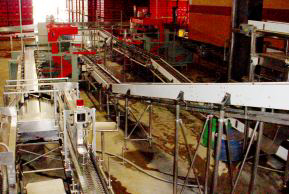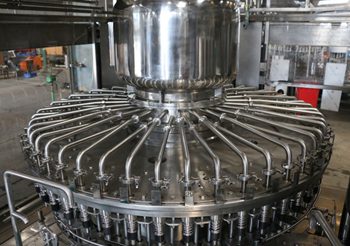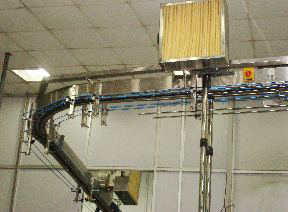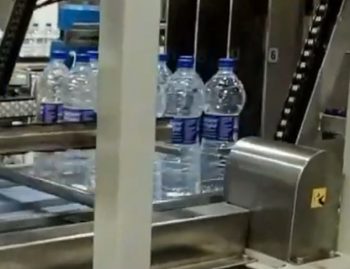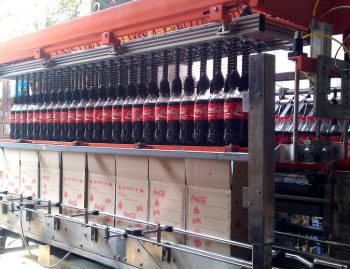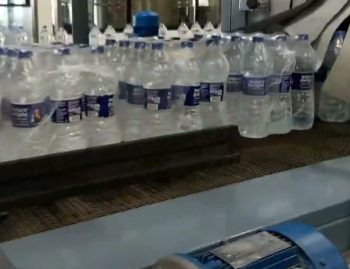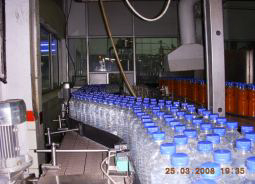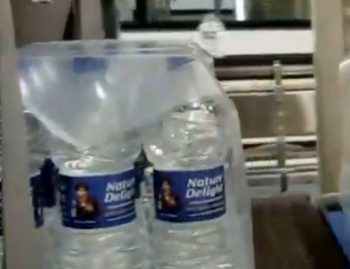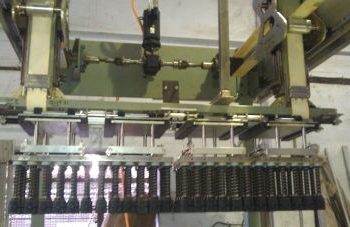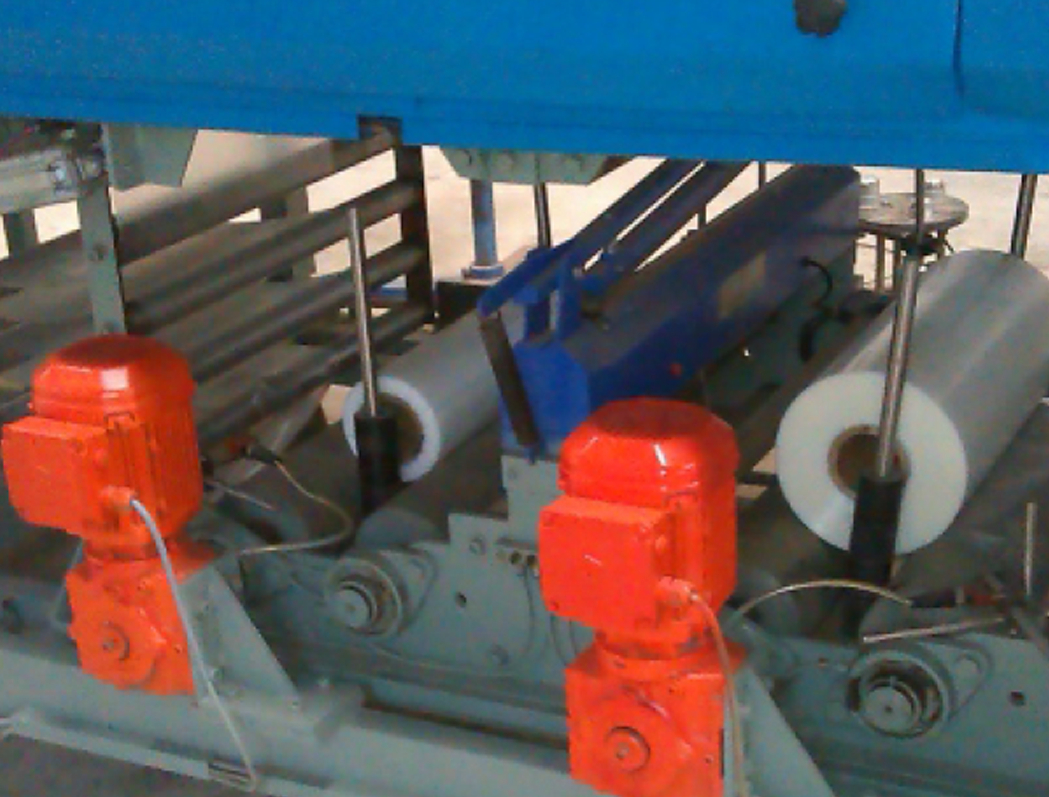
What Is Pneumatic Conveying System And Its Application
A pneumatic conveying system uses pressure differential and gas flow (typically air) created by an air movement device such as a fan, roots blower, or compressor to transport dry bulk items or powders through an enclosed conveying pipeline. Pneumatic conveying is a low-cost method of handling and transferring powdered and large granular materials with minimal loss. It can be used in a variety of process industries, including food and beverage, pet food, chemicals and detergents, renewable energy, and specialty materials.
How do pneumatic conveyors work?
Pneumatic conveyors use pressure differentials and a gas flow, usually compressed air or nitrogen, to move fine, dry material. The substance is completely confined within tubes or pipes, where pressure variations on either side cause the product to flow. This pressure differential can be achieved by adjusting the pressure on either side of the tube, with the addition of a blower causing the fine powder to flow. Push systems (also known as positive pressure systems) may push materials from one inlet to several outlets, whereas pull systems (also known as negative pressure systems) can pull materials from multiple inlets to a single outlet. If desired, a push-pull combination can be used inside the same system, however, this comes at a higher cost. Pneumatic conveyors are better suited for small, dry, low bulk density items like wheat, sugar, cement powder, sands, and other aggregates since they have fewer parts than other conventional conveying systems.
Burner feeders, metal powder transporters, recycling, and other related applications that need the transfer of powders, grains, flakes, and dry bulk are among the most common uses for pneumatic conveyors. Because the conveying pathway may be curved around existing equipment and is relatively small, they offer a versatile solution for designers to move fine items. They are less expensive to buy than other conveyor kinds, but they are less efficient because more energy is required to keep the blowers/vacuums running. They also transport material much more quickly and without loss, but with the risk of clogging and increased wear on the system. While not as versatile as belt conveyors, pneumatic conveyor technology can handle aggregates that were previously too difficult to transport without causing damage.
How do you classify pneumatic conveying?
Lean phase and dense phase pneumatic conveying are the two types of pneumatic conveying. Lean phase conveying is the most frequent method for transporting powders or grains, and it can be divided into two categories: Conveying gas velocities are often greater than 17-18 m/s while conveying pressure or vacuum is minimal; typically less than 0.1 barg. The material particles stay completely suspended in the conveying gas stream, with an extremely low concentration or solids loading ratio (mass of solids/mass of gas). Dilute phase conveying is appropriate for non-abrasive materials with a low bulk density. A fan or a side channel blower/exhauster are common air movement devices for this form of conveying.
Medium Phase: In this phase, conveying gas velocities often exceed 17-18 m/s, while conveying pressure or vacuum normally exceeds 0.35 barg. The material particles stay largely suspended in the conveying gas stream, with a low concentration or solids loading ratio. A Roots Blower/Exhauster is a common air movement equipment for this type of conveying.
Dense Phase: Dense phase, with conveying gas velocities ranging from 6 to 18 m/s and conveying pressures exceeding 1 bar. The material particles can still be in suspension at higher conveying velocities, but at lower velocities, the material will be mostly in contact with the conveying pipe and will flow in waves or plugs. This method of conveyance is more typically employed to transport materials over long distances and at larger throughputs when air movement devices like Fans and Roots Blowers become prohibitive. This technology is also widely used to transport fragile or abrasive materials at moderate speeds in order to avoid harm to the materials or the system. A compressor or a liquid ring pump would be typical air movement equipment for this form of conveying.
Advantages of pneumatic conveying.
- A pneumatic conveying system can be routed around existing equipment due to the small nature of the conveying pipe transfer line, giving it more flexibility than a mechanical conveying system.
- Can run a great distance vertically or horizontally.
- Because the system is enclosed, there are no dust emissions into the atmosphere, and the conveyed material is protected from external impurities.
- Because pneumatic conveying systems have fewer moving components, they are easier and less expensive to maintain than mechanical conveying systems.
- The ability to keep the environment around the substance under control.
- Minimize abrasive material wear and harm to vulnerable materials in the system.
- They take up less floor space and are therefore easy to find.
- Multiple pick-up and discharge places are possible.
Pneumatic conveying's drawbacks.
- Pneumatic conveying systems are less efficient than mechanical conveyors because they require changing air pressure to provide conveying power.
- Typically used to transmit smaller volume throughputs of materials, though they can be utilized to transfer higher volume throughputs as well.
- A larger dust collection system may be necessary since the dust must be retrieved from a pneumatic conveyor at the conclusion of the system.
- Pneumatic conveying may not be suited for materials with high bulk densities, bigger particles, or sticky or moist materials.
